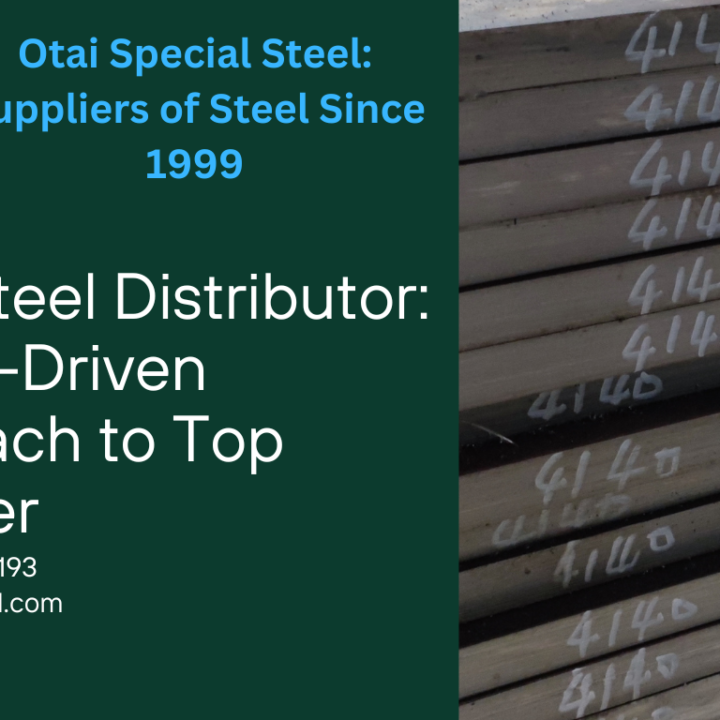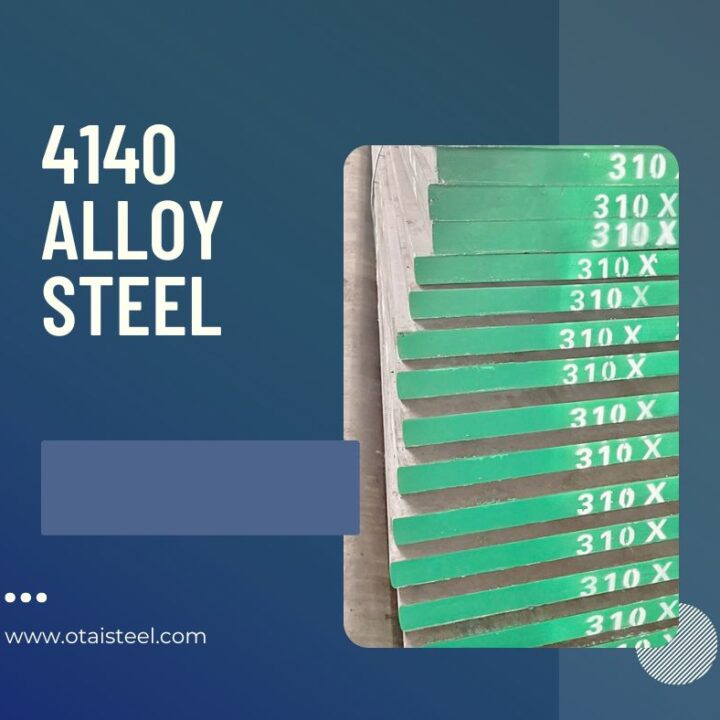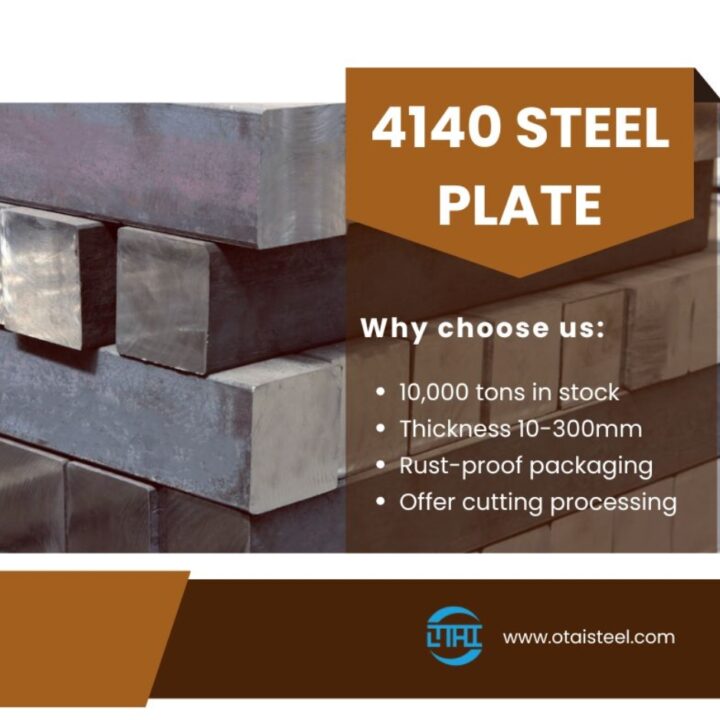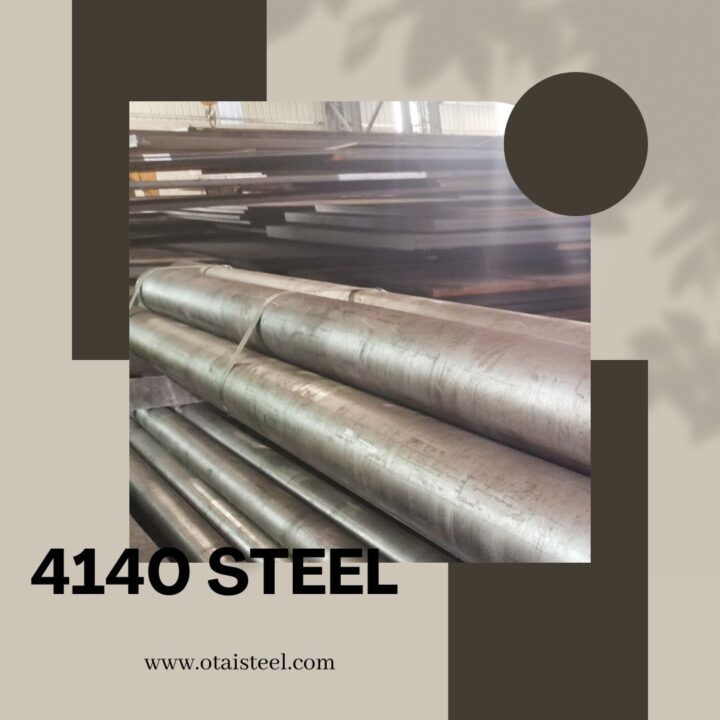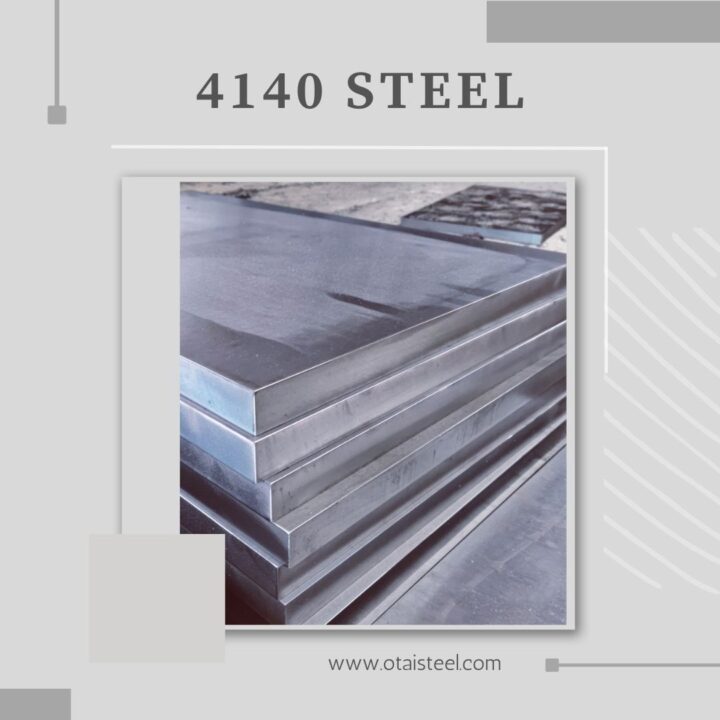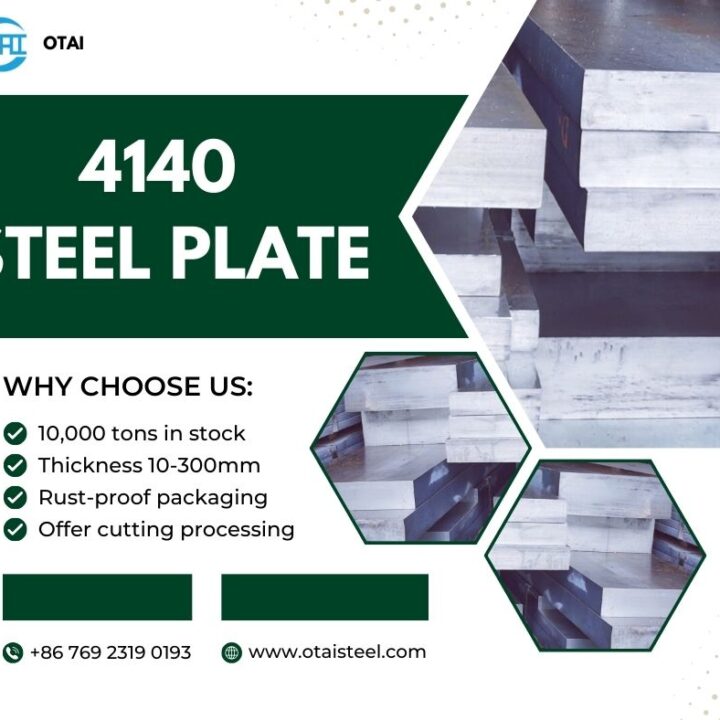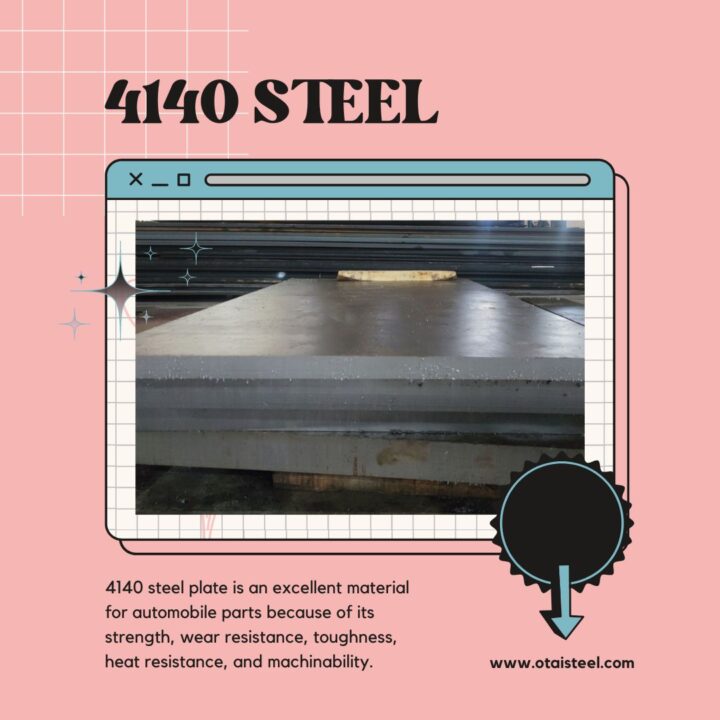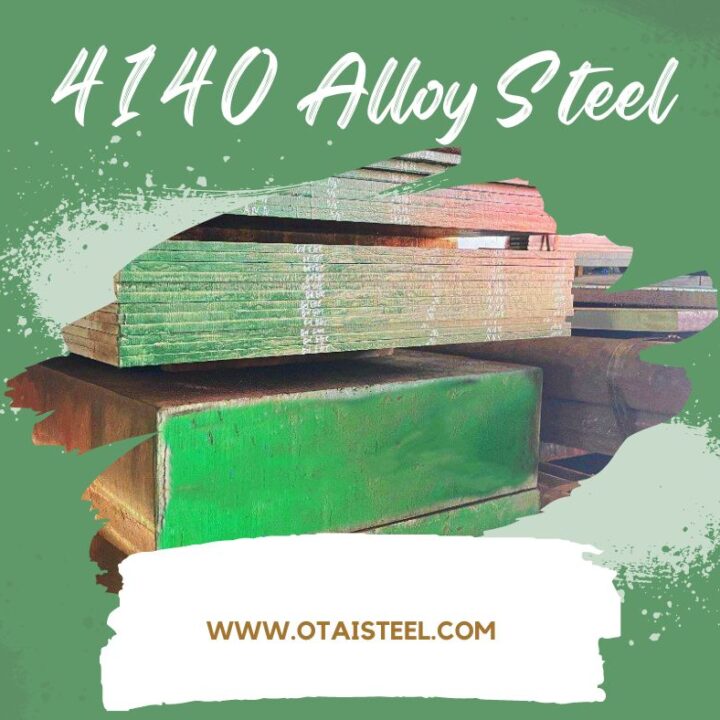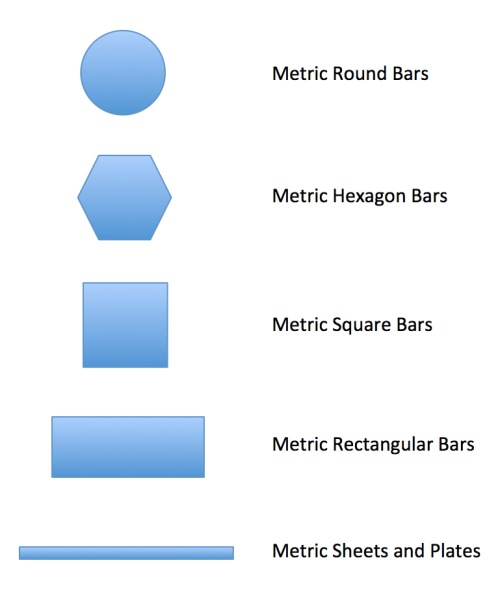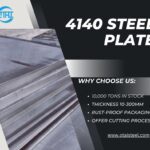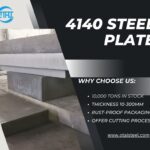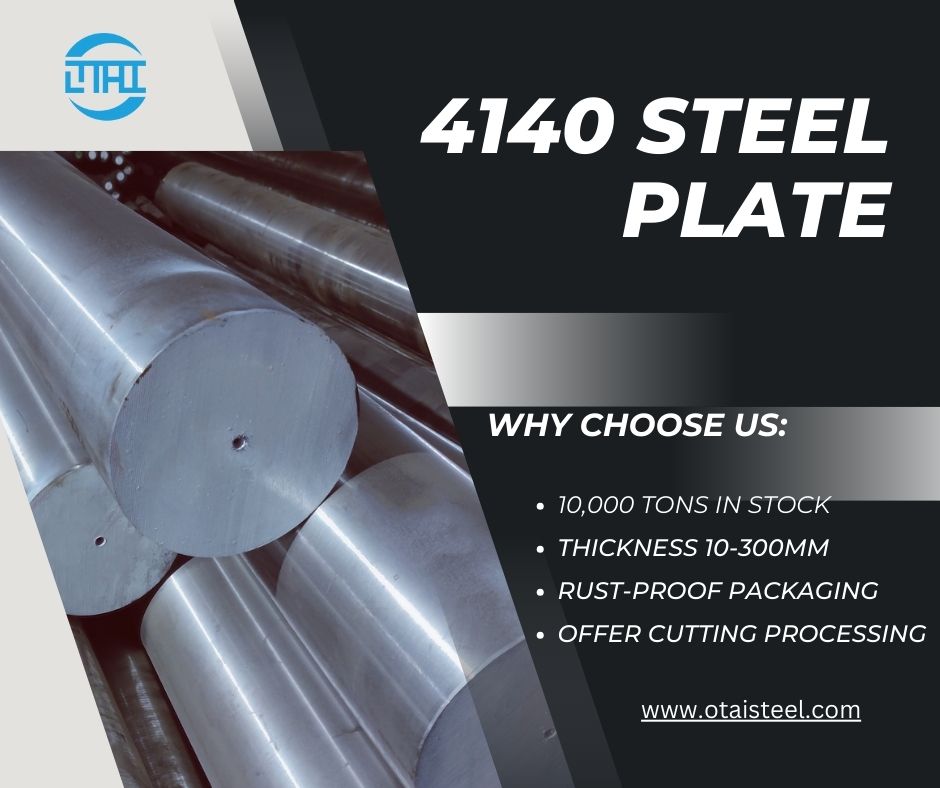 Alloy 4140 Composition: Key Elements and Their Impact
Alloy 4140 Composition: Key Elements and Their Impact
Introduction to Alloy 4140 Composition
Alloy 4140, commonly referred to as chromoly steel, is widely used across multiple industries because of its superior mechanical properties. A solid understanding of its chemical composition is essential for engineers and manufacturers who depend on this material to create components that require both strength and durability.
Chemical Composition of Alloy 4140
The composition of Alloy 4140 is finely tuned to deliver excellent performance in demanding applications. Below are the key elements and their typical proportions:
- Carbon (C): 0.38-0.43%
Carbon is a crucial component of steel, enhancing the strength and hardness of Alloy 4140. - Manganese (Mn): 0.75-1.00%
Manganese improves the material’s hardenability and strength, increasing its resistance to wear. - Chromium (Cr): 0.80-1.10%
Chromium boosts the steel’s hardenability and resistance to corrosion. It also contributes to a finer grain structure, enhancing the overall toughness. - Molybdenum (Mo): 0.15-0.25%
Molybdenum enhances the strength and toughness of the alloy, particularly at elevated temperatures. - Silicon (Si): 0.15-0.35%
Silicon is used primarily for deoxidizing molten metal and improving overall strength. - Phosphorus (P): ≤0.035%
Phosphorus is minimized to prevent brittleness in the final product. - Sulfur (S): ≤0.040%
Sulfur is controlled to minimize hot shortness and enhance machinability.
How Composition Affects Properties
The careful balance of elements in Alloy 4140 leads to a unique set of characteristics that make it highly versatile for a range of applications:
- Mechanical Properties
Alloy 4140 offers a tensile strength of approximately 1020 MPa and a yield strength of around 655 MPa. It also demonstrates good elongation and a reduction in area, which enhances its ductility and suitability for various manufacturing processes. - Heat Treatment and Hardening
Alloy 4140 responds well to heat treatment processes. Techniques like quenching and tempering can significantly improve its hardness, achieving a hardness level of up to 302 HB.
Real-World Case Study
A renowned automotive manufacturer successfully used Alloy 4140 for producing high-strength shafts in their vehicles. The composition of the alloy allowed these shafts to handle heavy loads and stress, which resulted in superior vehicle performance and extended durability.
Advantages of Understanding Alloy 4140 Composition
A thorough understanding of Alloy 4140’s chemical makeup brings several benefits:
- Enhanced Product Performance
By recognizing how each element affects the alloy’s properties, manufacturers can optimize the material for specific applications, ensuring better performance. - Cost Efficiency
Properly managing the composition of Alloy 4140 can reduce material waste and enhance overall efficiency, which translates into cost savings.
Case Study: Cost Savings through Composition Optimization
One of our clients achieved considerable cost savings by optimizing the heat treatment process based on a detailed analysis of the alloy’s composition. This adjustment allowed them to meet the desired mechanical properties without incurring extra material costs.
Challenges and Considerations
While Alloy 4140 offers numerous benefits, it is not without challenges:
- Variability in Composition
Small variations in the chemical composition can impact the consistency of the final product. It’s crucial to maintain strict control over the alloy’s composition to ensure uniformity. - Quality Control and Testing
Regular testing is essential to verify the composition and mechanical properties, ensuring that the material meets industry standards and performs reliably.
Case Study: Overcoming Composition Variability
One client encountered challenges with inconsistent hardness in their Alloy 4140 parts. After conducting thorough testing and quality checks, we pinpointed the issue and made adjustments to the production process, achieving uniform hardness across all components.
Conclusion
A deep understanding of Alloy 4140’s chemical composition is vital for optimizing its performance in various applications. By leveraging the specific properties of this alloy, manufacturers can create components that offer strength, durability, and resistance to wear, making it an ideal choice for industries such as automotive, aerospace, and oil and gas.
